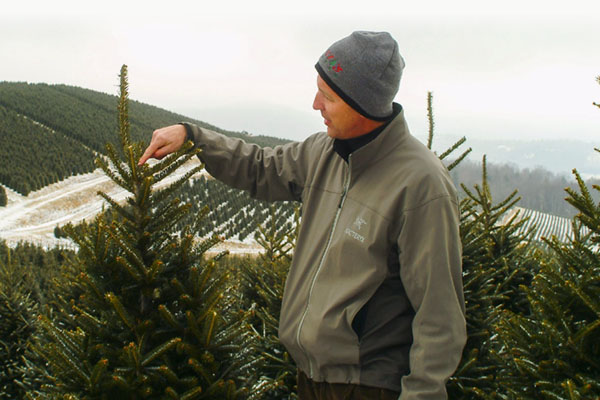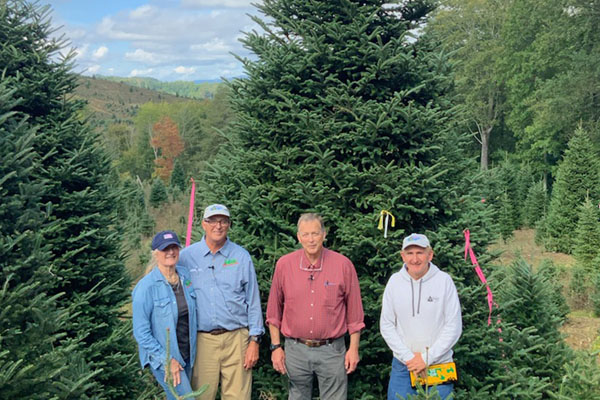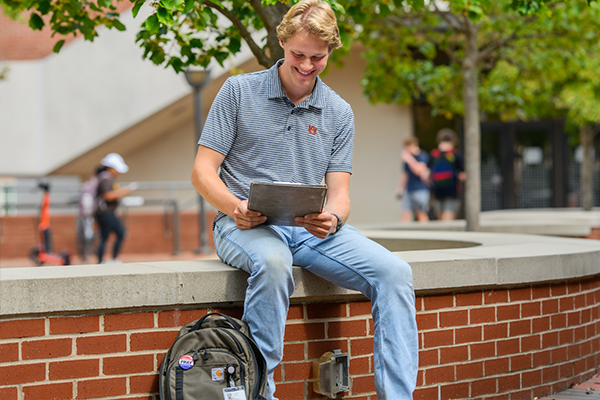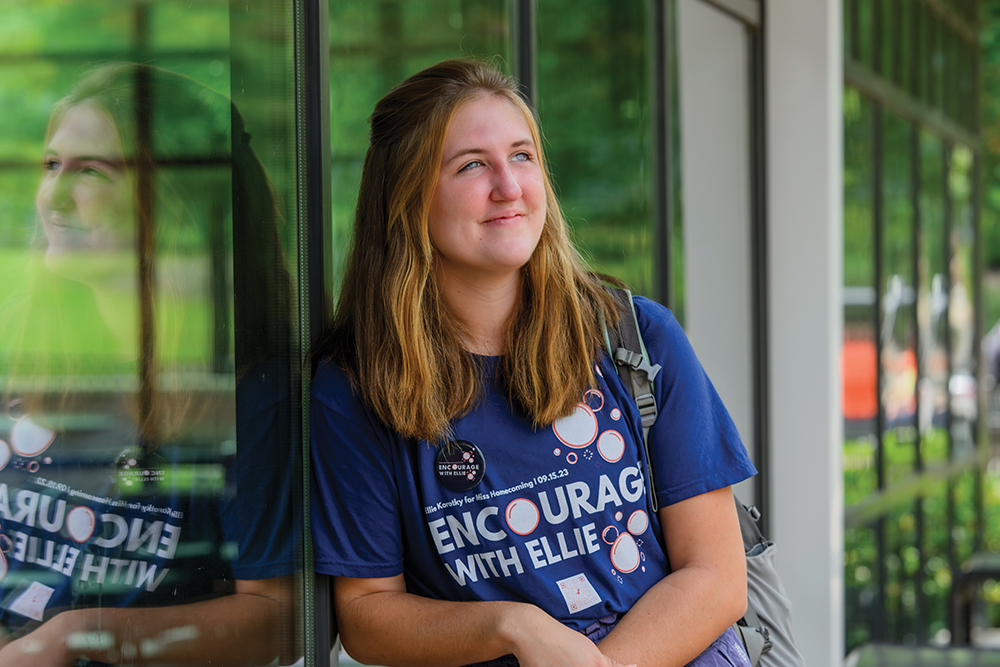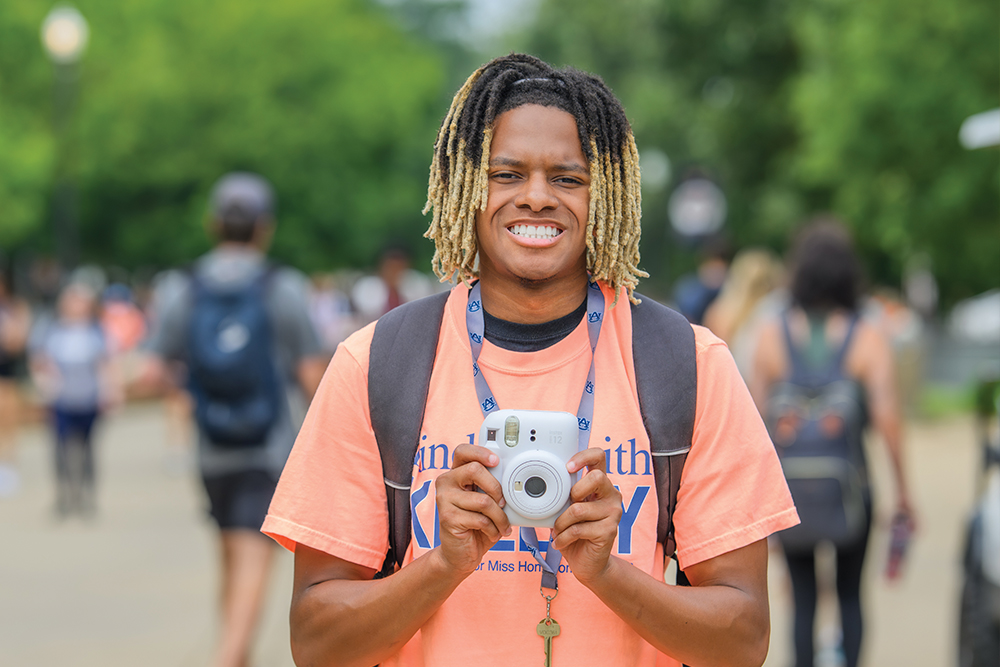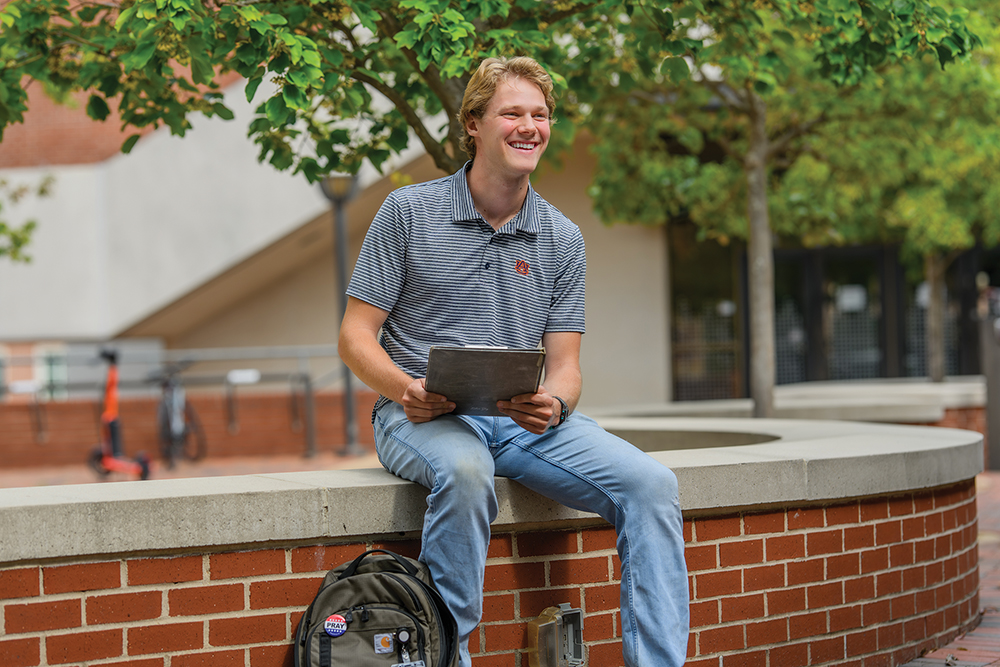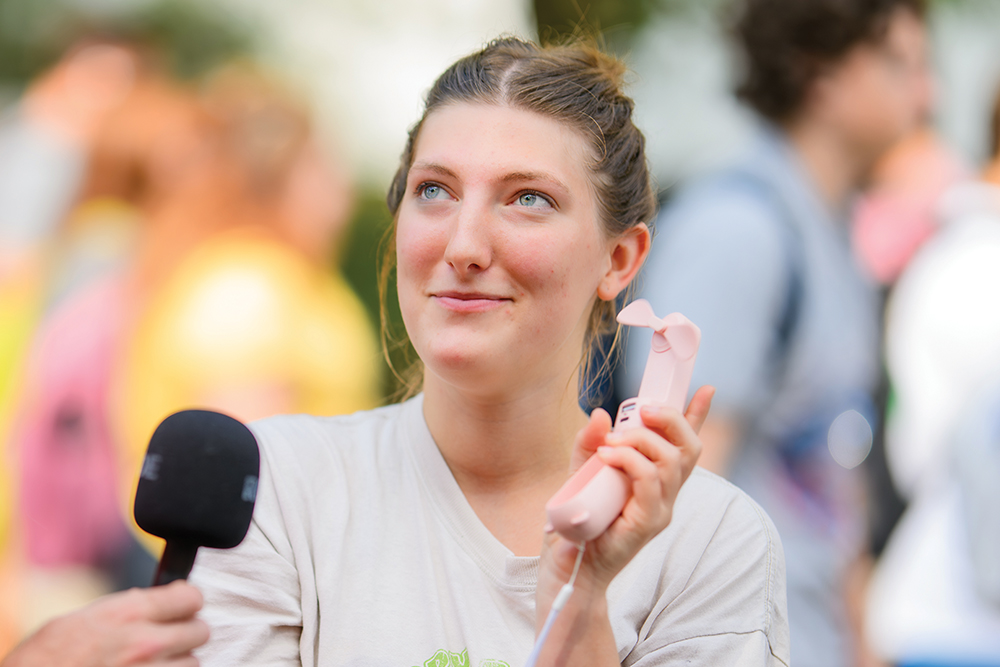From the mound to the mountain, Blake Gordon ’03 has captured life on the edge.

An Eye for Action
An Eye for Action

Blake Gordon works well with heights. Whether it’s the 10 inches or so of dirt that he stood on pitching for Auburn’s baseball team 25 years ago, or on top of a 21,000-foot peak in the Indian Himalayas as cinematographer on a snowboarding documentary, some of his best work is done in places few others experience.
“I feel like I came into this adventure sports world in a very backward way from most people, growing up playing baseball, then getting into the academic world and finding it through landscape architecture,” he said. “It’s almost more of like an academic or intellectual interest that drew me into it.”
That started at Auburn. After a couple seasons of baseball, he began studying landscape architecture. That led to carrying a camera around to document sites. “It was really a tool to explore.”
Though he graduated with an environmental design degree in 2003, it’s the camera that became his career. Since graduation, save for a brief time studying in the University of Texas’ Land Arts of the American West MFA program, he’s lived in the Aspen, Colo. area. There he’s forged a photography career, first for news outlets such as National Public Radio, ProPublica and The Wall Street Journal, and now as an adventure photographer for the likes of Patagonia, The North Face and the Nature Conservancy.
The adventure photography, which has taken him to ski slopes around the world, is in a way an extension of his baseball career, since he must be fit to do his job well, said Gordon, now 44.
“After playing baseball, I realized how important sports were and how important it was to work with my body, using it at a high level.”
Gordon points to a North Dakota shoot he did while in grad school as one of his big breaks.
“Some friends I had met were doing this kite-boarding trip across the state, doing this wind-powered traverse of the state to talk about climate change and windpower and things like that. These guys were going around, and we would be in cars, taking photos from the road and as they came through an area. I got some work from that published in Outside magazine, which felt like a big notch in the belt.”
Much of Gordon’s work is more participatory, particularly if it’s on ski or snowboarding slopes. “It’s the only way to get there,” he said. “You can look at things as the outside observer, but there’s a different way of understanding when you step into it and do it. I always strive to have an experience as well for my photo process.”

Skiing came relatively late in the game for Gordon, who started when he was 32. “I went to Nepal with three North Face skiers, and we were sitting around the tent, and they’re like, ‘Yeah, I started ski racing when I was 3.’ ‘I started when I was 4.’ ‘I started when I was 3,’” he recalled with a laugh. “I was like, ‘Oh, yea. I played baseball and then I started skiing when I was 32.’”
Gordon’s skiing proficiency was put to the test with his latest, and perhaps his most ambitious, project on the slopes—documenting professional snowboarders Nick Russell and Jerry Mark’s attempt to descend Papsura, a challenging peak in the Indian Himalaya.
“It hadn’t really jumped out to me as something to pursue, but it’s so amazing over there, and they are the biggest mountains in the world, and that’s pretty awe-inspiring,” Gordon said.
The resulting documentary from Patagonia, “Papsura: Peak of Evil” was screened around the west and is available to view on YouTube, where it has garnered more than 845,000 views.
“It definitely plays on the drama. It’ll make you nervous, but that’s really a big part of skiing.”
And something Gordon says he’s well trained to deal with, leading back to his days on the pitcher’s mound at Auburn.
“I think pitching and baseball really feed into that, where you kind of have to be aware and observant when you may be doubting yourself. There’s that mental part, which is a pretty fascinating part of the process.”
Though Blake Gordon is an in-demand photographer who works with professional-grade Nikon cameras and lenses, the iPhone isn’t beneath him.
“I use my iPhone quite a lot,” he said. “I enjoy doing that, and it takes good pictures.”
It comes in handy when he’s without his more expensive gear, which is often.
“When I first started skiing, I made a conscious decision not to take my camera out with me [for] two reasons. The first was a safety reason. The other was that I’d already turned photography from a hobby into work, and those are very different things.”
By Alec Harvey ’84
More Alumni Stories
An Eye for Action
Charting Her Course
From Auburn’s campus to the world’s most advanced warships, Emily Curran ’10 has never forgotten where she found her footing.
Building a Brand, Cultivating a Community
A fashion emergency and a social media surge helped Kayla Jones ’18 launch her brand Women With Ballz.
An Eye for Action
From the mound to the mountain, Blake Gordon ’03 has captured life on the edge.
Charting Her Course
From Auburn’s campus to the world’s most advanced warships, Emily Curran ’10 has never forgotten where she found her footing.
Building a Brand, Cultivating a Community
A fashion emergency and a social media surge helped Kayla Jones ’18 launch her brand Women With Ballz.


















